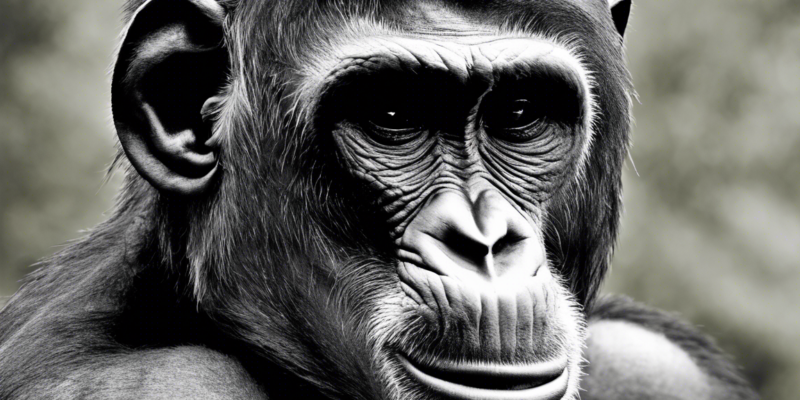Introduction
Welcome to an insightful exploration into the intriguing world of the lazy ape. This fascinating creature has captured the attention and curiosity of many due to its distinct habits and behaviors. In this comprehensive article, we will delve deep into the various mysteries surrounding the lazy ape, shedding light on its lifestyle, characteristics, and evolutionary significance. By the end of this exploration, you will have a better understanding of this enigmatic species and its place in the natural world.
The Lazy Ape: Who are They?
The term lazy ape refers to a specific subset of primates known for their laid-back demeanor and preference for leisurely activities. While many primates are known for their agility, intelligence, and active lifestyles, the lazy ape distinguishes itself through its more relaxed approach to life. These primates can be found in various regions across the globe, with each species exhibiting its unique traits and behaviors.
Characteristics of the Lazy Ape
-
Physical Appearance: Lazy apes are typically characterized by their larger bodies and broader frames compared to other primates. This physical build is often attributed to their sedentary lifestyle and preference for lounging.
-
Behavior: As the name suggests, lazy apes are known for their propensity to engage in activities that require minimal effort. They often opt for lounging, napping, and leisurely pursuits over more strenuous tasks. This behavior sets them apart from other primates known for their high energy levels and constant motion.
-
Diet: Lazy apes generally have a varied diet that includes fruits, vegetables, nuts, and occasionally, insects. Their food choices are often influenced by convenience and availability, with a preference for easily accessible sources of nutrition.
Evolutionary Insights
The presence of lazy apes in the primate family tree offers valuable insights into the evolution of behavior and lifestyle among primates. While some may view their laid-back approach as a disadvantage, it is essential to consider the evolutionary context that has shaped these characteristics. Lazy apes have likely adapted to their environment in a way that maximizes efficiency and conserves energy, granting them a unique niche within their ecosystems.
The Myth of Laziness
It is crucial to dispel the misconception that lazy apes are inherently lazy or less intelligent than other primates. While their behavior may differ from more active species, it is essential to understand that this is a strategic adaptation rather than a sign of laziness. Lazy apes have evolved to thrive in their environments by conserving energy and prioritizing tasks that offer the most significant benefits with minimal effort.
Conservation Concerns
Despite their distinct characteristics, lazy apes face various threats to their survival, including habitat loss, poaching, and climate change. Conservation efforts aimed at protecting these unique primates are crucial to ensuring their continued existence in the wild. By raising awareness about the plight of lazy apes and supporting conservation initiatives, we can help safeguard these fascinating creatures for future generations to appreciate and study.
Frequently Asked Questions (FAQs)
- Are lazy apes endangered?
-
While not all species of lazy apes are endangered, some, like the Bornean orangutan, are facing significant threats to their survival due to habitat destruction and poaching.
-
Do lazy apes exhibit any social behaviors?
-
Lazy apes, like other primates, can display social behaviors such as grooming, communication, and hierarchical structures within their groups.
-
What is the evolutionary significance of laziness in apes?
-
Laziness, in the context of lazy apes, is an adaptive trait that helps conserve energy and optimize resource utilization in their environments.
-
Can lazy apes be trained or taught new behaviors?
-
While lazy apes may not be as commonly trained as other primates, they have demonstrated the ability to learn and adapt to new behaviors in controlled environments.
-
How do lazy apes contribute to ecosystem health?
- Lazy apes play a vital role in their ecosystems by dispersing seeds, maintaining biodiversity, and contributing to nutrient cycling through their dietary habits and behaviors.
Conclusion
In conclusion, the lazy ape offers a unique perspective on the diversity of primate behavior and evolution. By understanding and appreciating the characteristics and significance of these fascinating creatures, we can better recognize the importance of conservation efforts to protect them. Through continued research and advocacy, we can ensure that lazy apes thrive in their natural habitats and continue to enchant and educate us with their distinct traits for generations to come.

